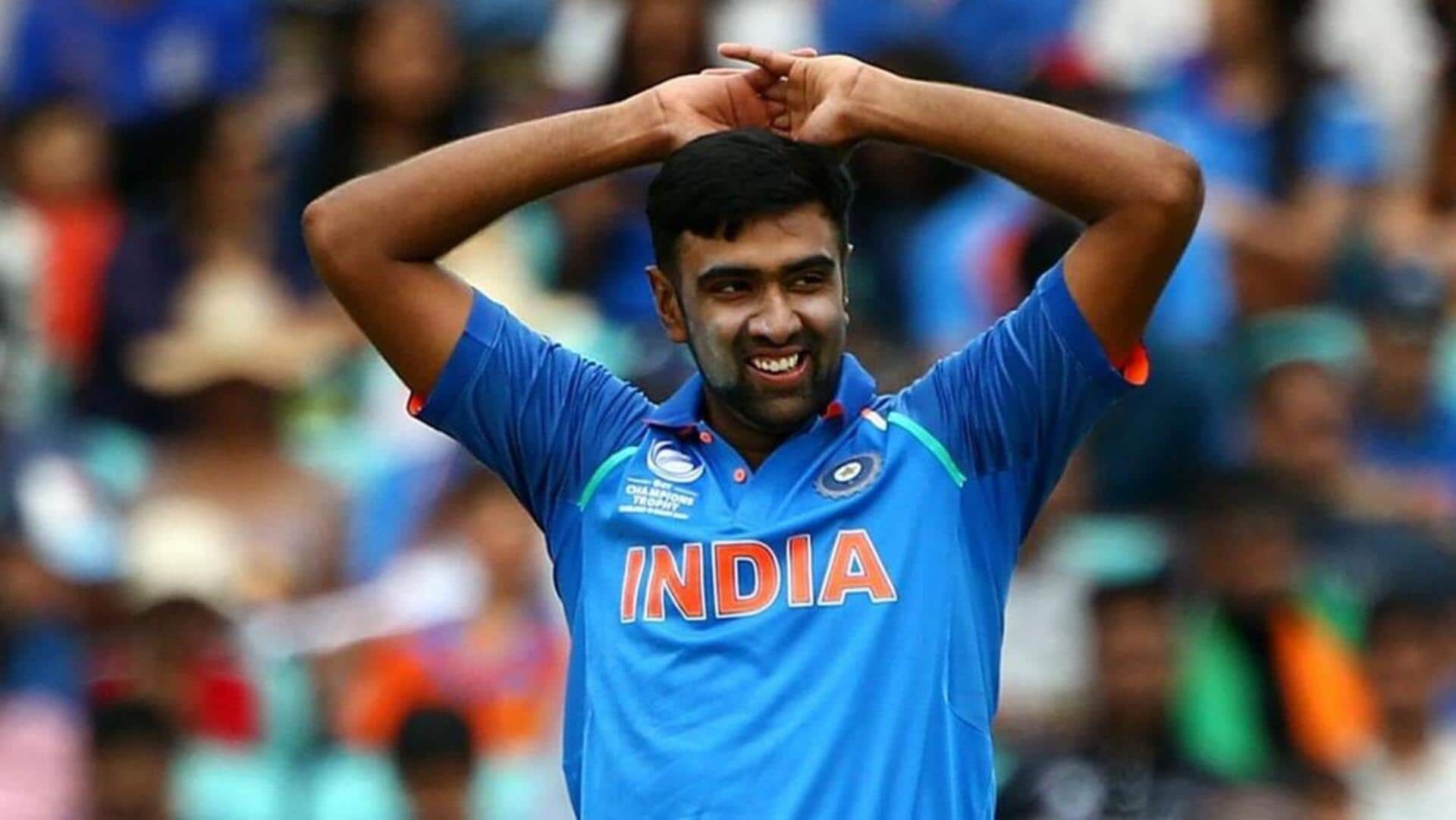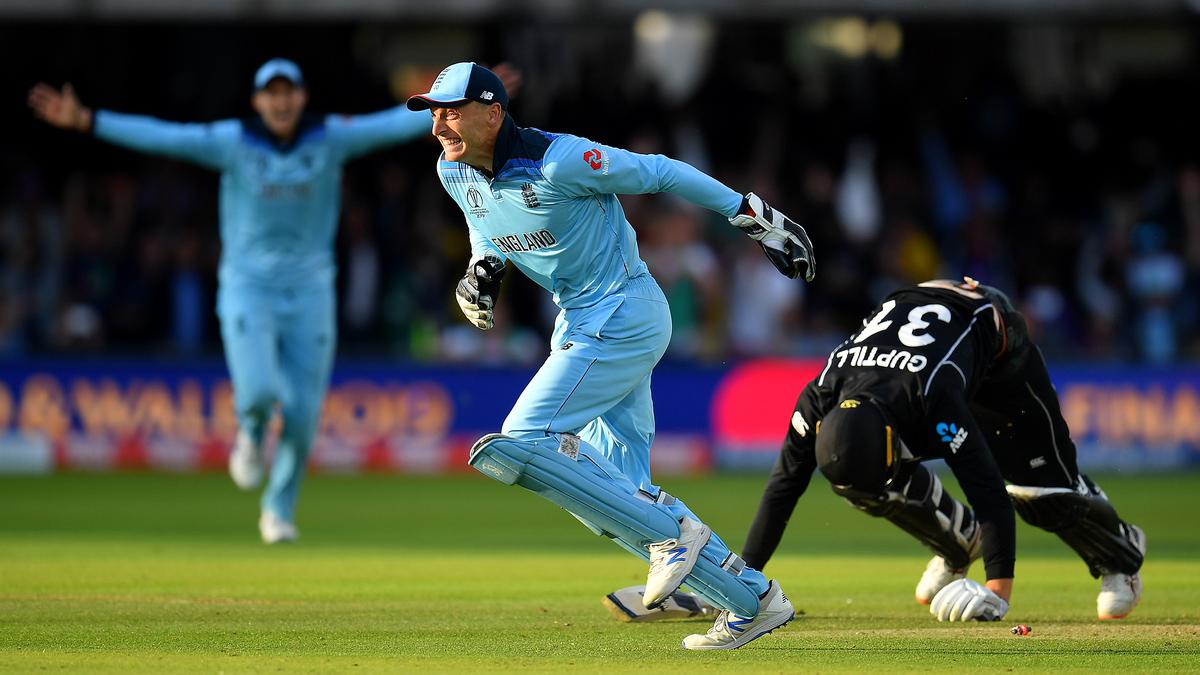Advertisements
Powerplay rules in ODI cricket describe the times when the fielding team must keep most players close to the batsman. Powerplay rules in ODI cricket divide a fifty‑over innings into three parts: overs 1–10, overs 11–40, and overs 41–50. In the first ten overs, only two fielders can stand outside the 30‑yard circle. From overs 11 to 40, four fielders are allowed outside the circle. Finally, in the last ten overs, overs 41 to 50, five fielders may patrol the boundary. This setup forces captains to think hard about where to place fielders at each stage. It also makes batting teams plan how to score quickly when gaps appear near the fence.
Powerplay rules in ODI cricket matter a lot for winning matches. Good teams use Powerplay rules in ODI cricket to set big scores or chase targets. Planning batting around these rules can bring fast runs at the start or steady scoring in the middle. Bowlers and fielders also need to adjust their plans for each block of overs. Coaches spend time teaching players how to use Powerplay rules in ODI cricket to their advantage. Fielding positions change many times, and bowlers try new tricks to stop runs. All this shows why Powerplay rules in ODI cricket are key to modern one‑day games.
Early Field Restrictions (1980–2004)
Advertisements
Before Powerplay rules in ODI cricket came into play, early field restrictions shaped attack and defence in one‑day matches. The first formal limits on where fielders could stand appeared in Australia’s 1980/81 limited‑overs season. The goal was to help the batting side score more runs by leaving gaps in the field. Captains learned to set attacking fields early on. Bowlers had to find new ways to contain batters when only two or three fielders patrolled close areas. These simple rules laid the groundwork for today’s Powerplay rules in ODI cricket and helped the game become more exciting for fans.
By the 1992 Cricket World Cup, field restrictions had evolved further. For the first 15 overs of each innings, teams could only have two fielders outside the 30‑yard circle. After that point, they could place up to five players on the boundary for the remaining 35 overs. This change encouraged aggressive batting in the opening stage and tactical bowling in the middle overs. It also showed how important timing and placement of fielders were in one‑day matches. These early experiments with field limits set the stage for the later, more structured Powerplay rules in ODI cricket introduced by the ICC in 2005.

Birth of the Powerplay (2005)
In 2005, the ICC coined the term Powerplay rules in ODI cricket as a way to align one‑day field restrictions with the growing Twenty20 format. Powerplay rules in ODI cricket replaced the older idea of basic field limits with named phases that teams and fans could easily understand. Under the initial 2005 design, the first ten overs became the mandatory powerplay, when only two fielders could be outside the 30‑yard circle. Then the fielding side had two additional five‑over powerplays to call at any time, giving them more control to change field positions when they saw fit.
This first version of Powerplay rules in ODI cricket aimed to bring more excitement and strategic depth. Batting teams rushed to score fast in the early phase, while fielding teams waited for the right moment to call their extra powerplay and tighten the field. Bowlers had to be ready to bowl their best when the field changed quickly. These new Powerplay rules in ODI cricket also made captains think differently about when to take wickets or slow the run rate. This change in 2005 marked a big step in one‑day cricket’s evolution toward a more dynamic sport.
Advertisements
Evolution of Powerplay Rules (2008–2015)
In 2008, the ICC updated Powerplay rules in ODI cricket to give the batting side one of the two discretionary five‑over powerplays. This change hoped to boost scoring during middle overs, making matches more thrilling. Batting teams could pick when to open the field and send out more fielders near the boundary, giving them a chance to hit big shots. Bowlers and captains had to rethink their strategies to prevent quick runs. This update to Powerplay rules in ODI cricket helped keep matches fresh and unpredictable for players and fans alike.
By 2011, the ICC noticed some teams were saving their batting powerplay for the final overs, which led to huge late surges. To stop this, Powerplay rules in ODI cricket were tightened so that both the batting and bowling powerplays had to occur between overs 16 and 36. Neither side could use these powerplays in the early or death overs. This ensured a balanced contest in the middle overs. Finally, in 2015, the ICC made all three phases of Powerplay rules in ODI cricket mandatory, removing all discretionary powerplays. From then on, overs 1–10, 11–40, and 41–50 each had fixed field restrictions.
Current Powerplay Structure and Application
Today’s Powerplay rules in ODI cricket split the innings into three fixed sections. In overs 1–10, only two fielders can stand outside the 30‑yard circle. This forces bowlers to focus on tight lines, and batters often score quickly to take advantage of the gaps. In overs 11–40, up to four fielders can go beyond the circle. Bowlers mix pace and spin to slow the scoring. Batters try to keep wickets in hand while scoring at a steady rate, building the foundation for a big finish under current Powerplay rules in ODI cricket.
In the final ten overs, overs 41–50, Powerplay rules in ODI cricket allow up to five players on the boundary. This means more protection against big hits but also fewer fielders close in to stop quick singles. Batters aim to clear the ropes, while bowlers bowl yorkers and slower balls to contain runs. When rain or bad weather shortens the match, referees and umpires recalculate Powerplay rules in ODI cricket using standard tables. This makes sure each side still faces fair fielding restrictions, even in adjusted matches affected by weather.

Strategic Importance of Powerplays
Batting teams use Powerplay rules in ODI cricket to set strong starts or rescue slow chases. In the first ten overs, big hitters look for boundaries and sixes while keeping wickets. They know overs 11–40 under Powerplay rules in ODI cricket mean four fielders can go outside the circle, so they rotate strike and save big shots for later. Teams plan their batting order and partnerships to make the most of each phase. Good use of Powerplay rules in ODI cricket can set up scores over 300 or make a run chase feel easier.
Bowling teams also build plans around Powerplay rules in ODI cricket. Captains often open with their best bowlers in overs 1–10 to take early wickets when the field is up. In overs 11–40, they mix spin and pace to keep scoring down, using the extra fielders inside the circle to create catching chances. In the final Powerplay phase under Powerplay rules in ODI cricket, bowlers focus on yorkers and slower deliveries to stop big hits. Teams study past matches where powerplay success or failure changed the result, using those lessons to change their own plans.

Conclusion
Powerplay rules in ODI cricket have come a long way since simple field limits in the 1980/81 Australian season. The ICC named these phases powerplays in 2005, then updated them in 2008, 2011, and 2015 to balance batting excitement and fair play. Today, overs 1–10, 11–40, and 41–50 each have clear field‑restriction rules. These changes keep one‑day cricket fresh and strategic, making every phase matter under modern Powerplay rules in ODI cricket.
The fixed Powerplay rules in ODI cricket shape how teams plan their batting and bowling. Captains set fields and choose bowlers based on each phase. Batters learn when to take risks or play safely. Coaches and fans follow these phases closely to see which side uses Powerplay rules in ODI cricket best. As one‑day matches continue, Powerplay rules in ODI cricket will remain central to tactics, helping teams build winning totals or chase them down with skill and timing.
Related Posts:
- Explained: What is lunch time in Test cricket
- All trophies won by MS Dhoni – get full list
- India’s go-to site for cricket scores,news and videos
- Going, going, gone! The longest six in cricket
- What is Duckworth-Lewis-Stern Method in Cricket
- Live Cricket Scores and Fixtures
- Kings vs Titans T10 2025: Cricket schedule, fixtures
- Pakistan Super League Winners List: Islamabad United Only Team With Three PSL Titles
- Babar Azam vs Virat Kohli: A Detailed Look at the duo’s numbers across formats
- How many centuries has Virat Kohli scored in international cricket?